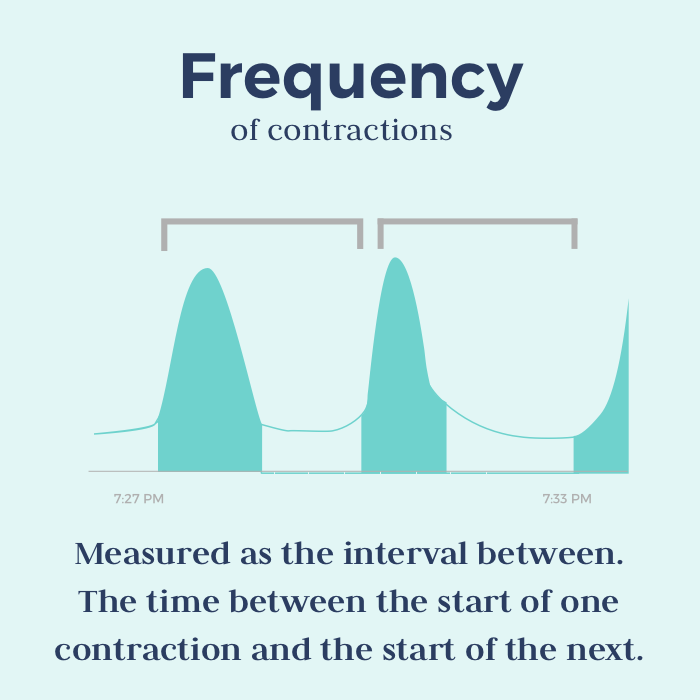

Your legs might cramp, and you might feel nauseated. Your contractions will become stronger, closer together and regular. Active laborĭuring active labor, your cervix will dilate from 6 centimeters (cm) to 10 cm. If your water breaks or you experience significant vaginal bleeding, call your health care provider right away. Your health care provider will instruct you on when to leave for the hospital or birthing center.

If you're having an uncomplicated pregnancy, you may spend most of your early labor at home until your contractions start to increase in frequency and intensity. Try breathing or relaxation techniques taught in childbirth class.What you can do: For many women, early labor isn't particularly uncomfortable, but contractions may be more intense for some. It's often shorter for subsequent deliveries. For first-time moms, the average length varies from hours to days. How long it lasts: Early labor is unpredictable. This is likely the mucus plug that blocks the cervical opening during pregnancy. You'll likely feel mild, irregular contractions.Īs your cervix begins to open, you might notice a clear pink or slightly bloody discharge from your vagina.

Early laborĭuring early labor, your cervix dilates and effaces. It's actually divided into two phases - early labor and active labor. If you’ve noted down the end time too, you can work out how long they’re lasting and if the duration is increasing.The first stage is the longest of the three stages. For example if your previous contraction started at 15:45 and your next contraction started at 15:56, you’ll know they are 11 minutes apart. Work out how far apart your contractions are – Subtract the start time of the previous contraction from the start time of your current contraction and you’ll be able to work out how far apart they are. Record the timings so you don’t forget – Keeping track of the start time, end time and duration of your contractions will enable you to accurately work out the time elapsed between each contraction To begin with, your contractions may last for less than a minute, but they will increase in length as you get closer to active labour Make sure you can count the seconds – You’ll want to make sure you’re using a stopwatch or clock that has a seconds hand to enable you to be as accurate as possible. It's important to start timing your contractions once they get going – when you call the hospital, one of the first things your midwife will ask is how often you are contracting.īelow we’ve listed some handy steps to help make sure you’re timing your contractions correctly: Each contraction is helping to push your baby out of your womb and down into the birth canal. Contractions can feel different for every woman, it might be that the pain stays in your lower back area but will often move in a wave like movement towards the abdomen.Īs labour progresses, the contractions build up into longer, more regular pains which peak before easing off and then starting again. What is a contraction and what does one feel like?īasically, the pain is your womb tightening and relaxing, and is essentially like a very strong version of period pains. Even if you have given birth before, as you near your due date, you're practically hard-wired to think 'contractions starting!' with even the slightest ache or pain – particularly if you haven't had any other early labour signs like a show or your waters breaking. Time your contractions as soon as they startĪnd it's no wonder – if it's your first baby, you will have no idea what a contraction feels like.

They help to push your baby down into the birth canal.Contractions are caused by your womb tightening and relaxing.


 0 kommentar(er)
0 kommentar(er)
